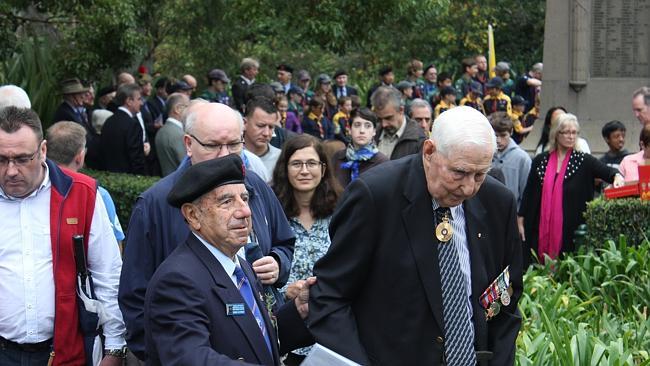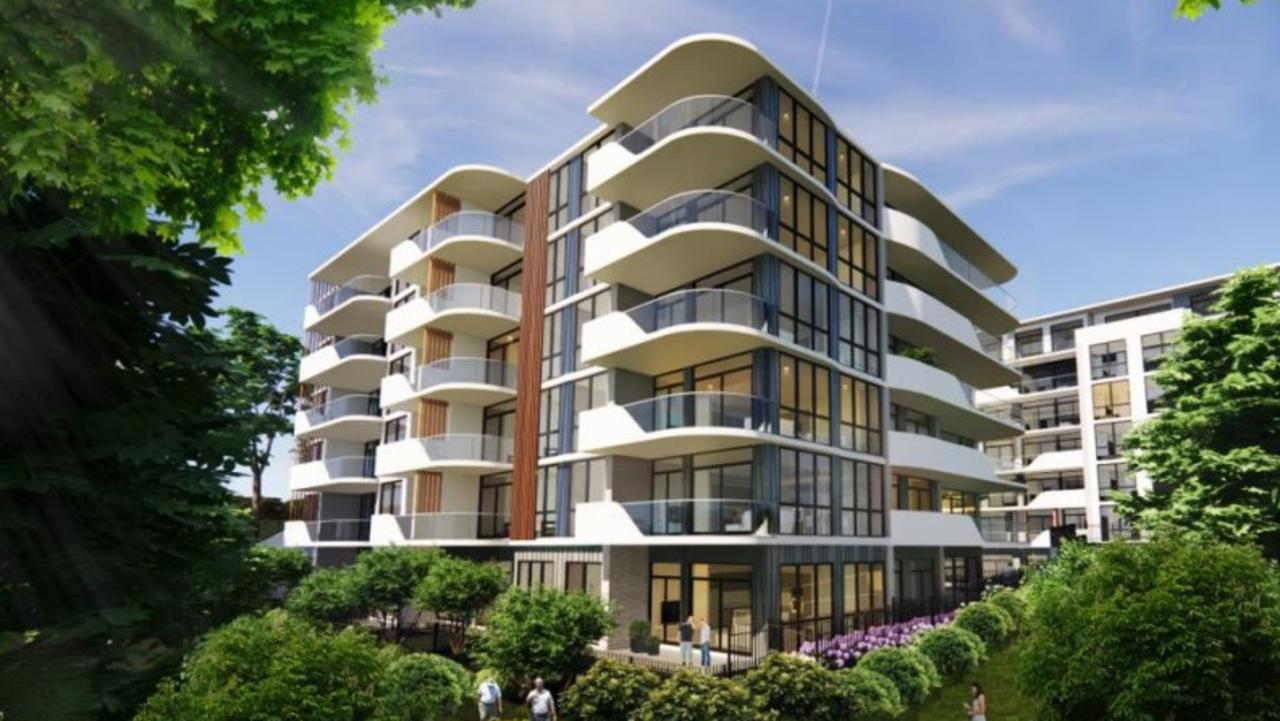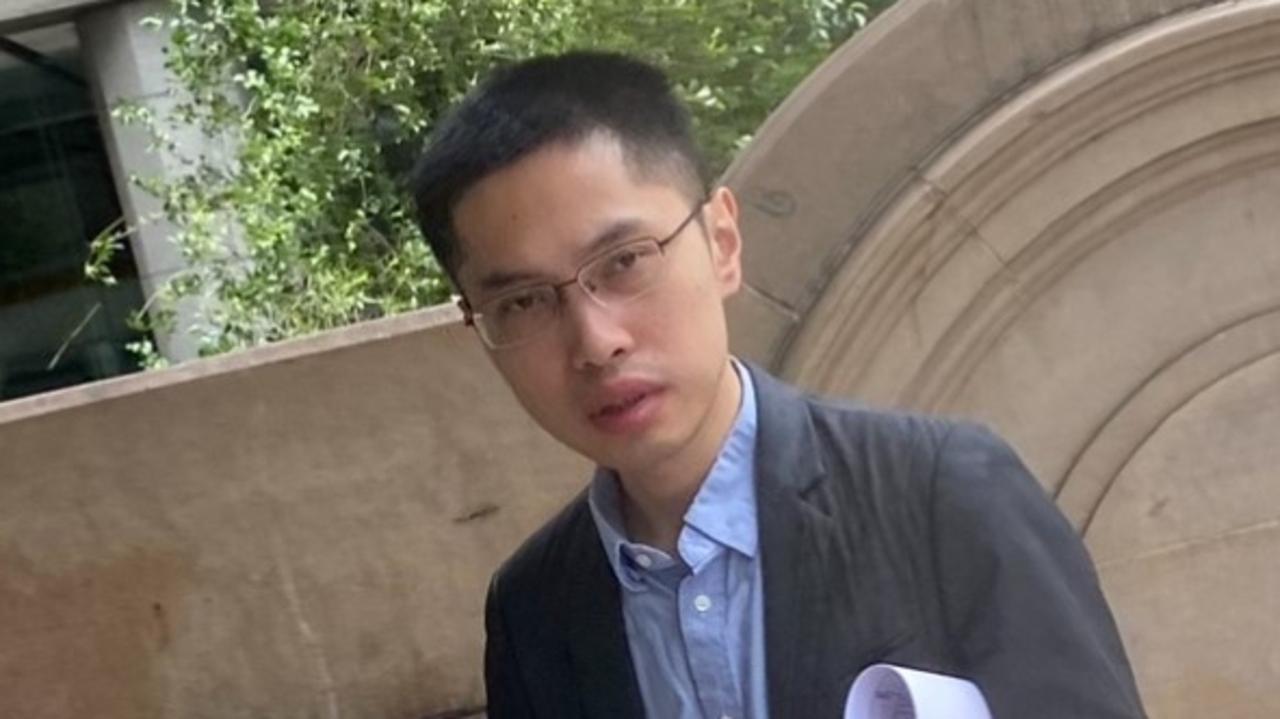Anzac Day services in Wahroonga and Turramurra
Hundreds of residents turned out to mark Anzac Day at Wahroonga and Turramurra.
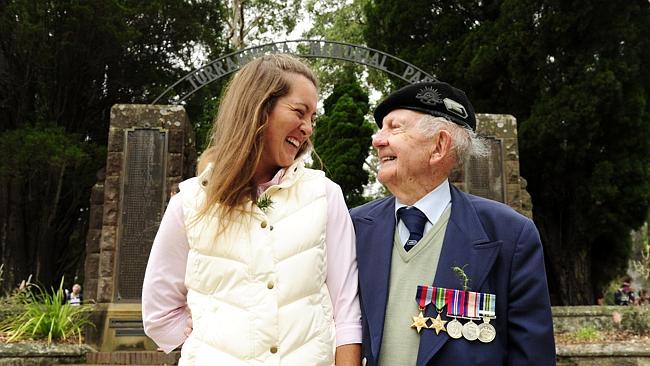
North Shore
Don't miss out on the headlines from North Shore. Followed categories will be added to My News.
Dawn broke clear above Wahroonga, as around 400 people gathered to mark Anzac Day at the World War I war memorial beside Millewa Ave.
Bagpipes heralded the arrival of diggers, Scouts, Guides and schoolchildren who marched from the park to the “hallowed stone” at the War memorial.
Around 20 servicemen were joined by nearly 100 children around the names of those locals who served at died from 1915-1918.

The ceremony held special significance for Normanhurst 10-year-old Hannah Dakin, whose father, Petty Officer Andrew Dakin, is at sea patrolling Africa’s pirate coast.
“I came to pay my respects because of my dad,” Hannah said.
“I’m proud of him.” He previously served two tours in Afghanistan.
Among the crowd was last week’s state premier, Barry O’Farrell, Bradfield federal Liberal MP Paul Fletcher, Ku-ring-gai mayor Jennifer Anderson, councillor Chantelle Fornari-Orsmond and police commander Luke Spurr.
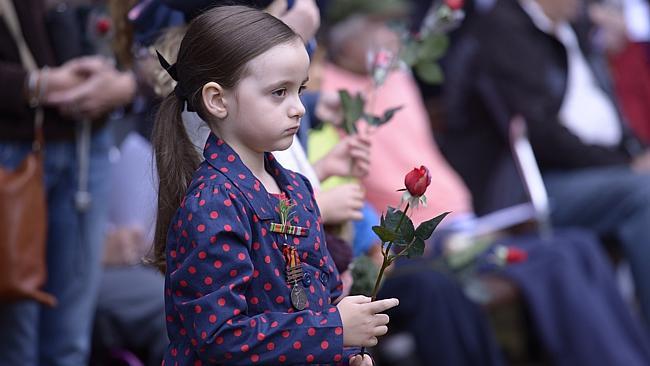
At the Turramurra service the crowds were a dozen deep around the semicircular memorial gardens at Turramurra Oval.
As at Wahroonga, national serviceman David Cooper delivered the Anzac address, which included a reading from a poem written by his eight-year-old granddaughter, Lauren.
In the crowd was World War II veteran Bill Skinner, a member of what’s called “the goldfish club”.
“It means you’ve spent more than 24 hours in the water,” he said.
“I was up in PNG and we were flying over the Owen Stanley Ranges to Townsville. We called in at Port Moresby for some petrol that turned out to be no good.”
The RAAF pilot ditched the Dakota DC3 in to the Coral Sea.
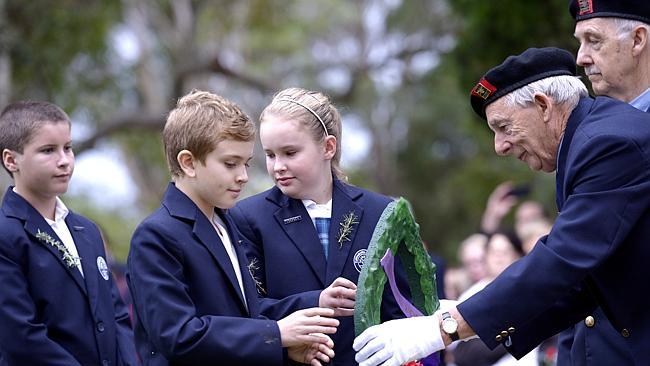
“Some survived, some did not,” Mr Skinner said.
With a badly hurt leg, he and the other survivors took it in turns to share a tiny life raft.
“You’d have about an hour in the water and 20 minutes on the (life) ring,” Mr Skinner said.
Eventually, a rescue mission from Port Moresby found him and took him to safety.
Also serving in PNG was military policeman Roy Cato.
“I was a copper, and I copped a lot,” he said.
His first hostile encounter was when he captured a Japanese wireless operator in the jungle.
“It turned out we shared the same name. He was Cato too, only he spelled it K-a-t-o,” Mr Cato said.
The man was turned over to HQ for interrogation.
“He was just a wireless operator so he was all right,” Mr Cato said.
Now 93, and with none of his war mates left to share the day with, he was glad to see such a crowd at the Anzac service.
“It means everything to me,” he said.
“It was magnificent.”
